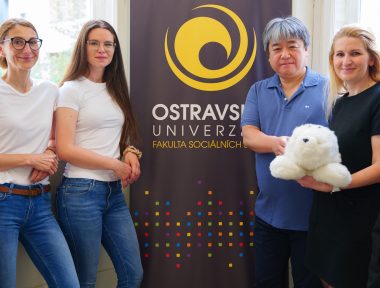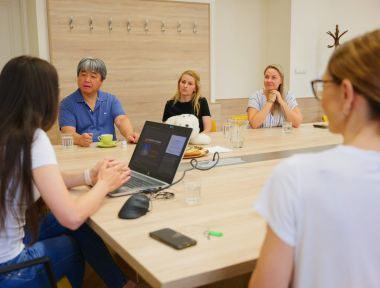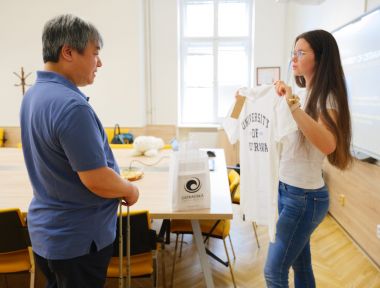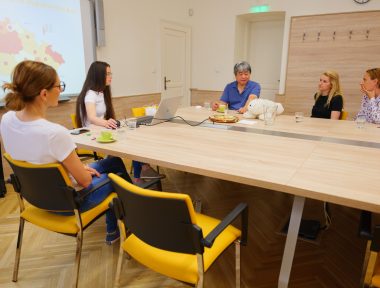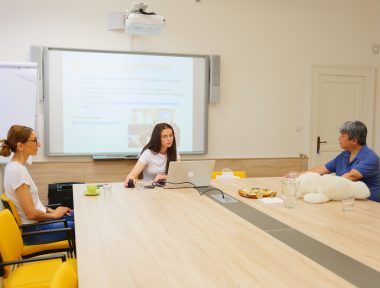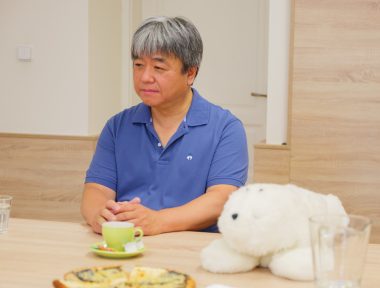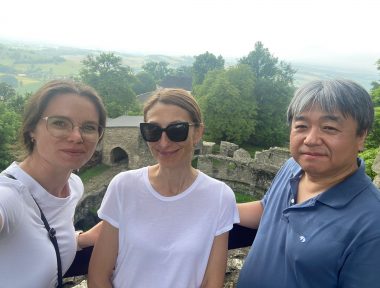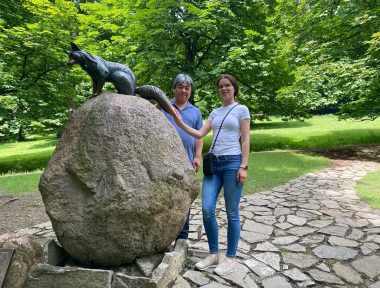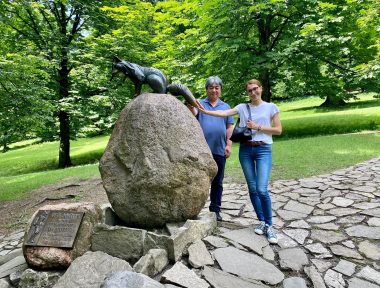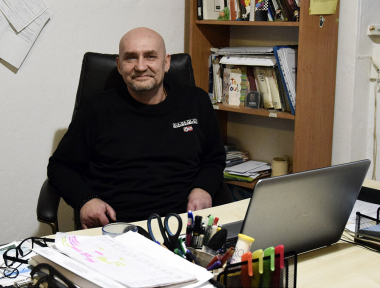You may have already heard of the PARO robot, the therapeutic robotic seal. Professor Takanori Shibata from Japan’s National Institute of Advanced Industrial Science and Technology began working on its development in 1993. Just a few years later, PARO first began to be used in hospitals and senior homes, first in Japan and later in other parts of the world. “The original meaning of the word PARO comes from the acronym personal robot, but in Japanese ‘pa-sonal robotto’. Today, there are 7,500 PAROs in use in more than 30 countries worldwide, of which 3,500 PAROs are used in Japan,” said Takanori Shibata.
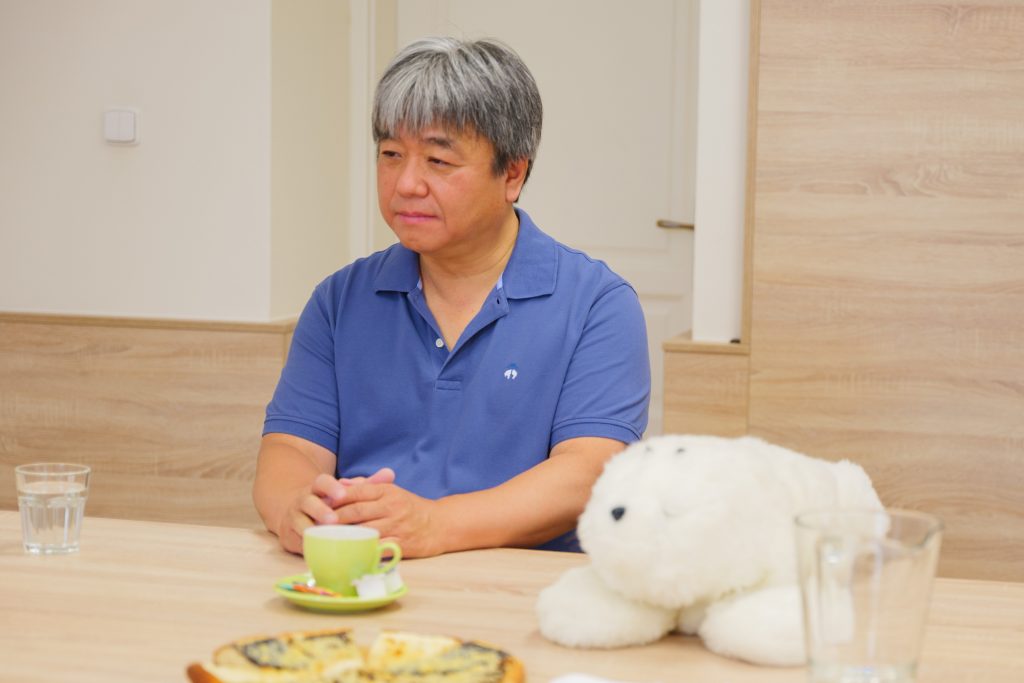
The inventor of the PARO robot based his idea on the premise that interacting with animals is emotionally beneficial to humans. Therefore, he wanted to mimic the positive effects brought to humans by animals in robotics and at the same time design a therapeutic robot suitable for persons who, for various reasons, cannot have a pet. He spent a considerable amount of time thinking about which animal would be an ideal model for the robot and was eventually inspired by a baby harp seal spotted in the Atlantic waters.
The original meaning of the word PARO comes from the acronym personal robot, but in Japanese ‘pa-sonal robotto’. Today, there are 7,500 PAROs in use in more than 30 countries worldwide, of which 3,500 PAROs are used in Japan.
Takanori Shibata’s research interests include human-robot interaction, robotic therapy, and the mental health of astronauts on long-term missions. In his workshop at the Faculty of Social Studies, he presented examples of good practice from abroad and research results on the positive benefits of the PARO robot. He also presented an experiment dealing with stress reduction in astronauts on long-term missions. It is possible that in the future the PARO robot will keep astronauts on Mars company.

A PARO robot has been used by FSS UO researchers since 2022. “We’ve been examining the level of acceptance of the robot among the Czech population. The reactions vary from very friendly to less friendly… But it’s already clear that PARO has found popularity among some seniors. We’re now developing a follow-up research plan to monitor the long-term impact of the PARO robot on the lives of seniors in Ostrava senior homes,” says Dr. Ivana Bražinová, who describes the findings directly from practice and is planning for further research. “What we have so far only read in foreign scientific papers, we now see in practice when we visit senior homes in Ostrava and introduce the robot to their clients. We’ve been monitoring the reactions of seniors and staff to this innovation,” she adds.
We’ve been examining the level of acceptance of the robot among the Czech population. The reactions vary from very friendly to less friendly… But it’s already clear that PARO has found popularity among some seniors.
The research results were presented by Dr. Ivana Bražinová and Professor Soňa Kalenda together with Takanori Shibata at a workshop on the use of the PARO robot and advanced technologies, which took place on 9 June at FSS UO. The guest from Japan was enthusiastic about the use of the robot not only in academia but also in senior homes in the Czech Republic.
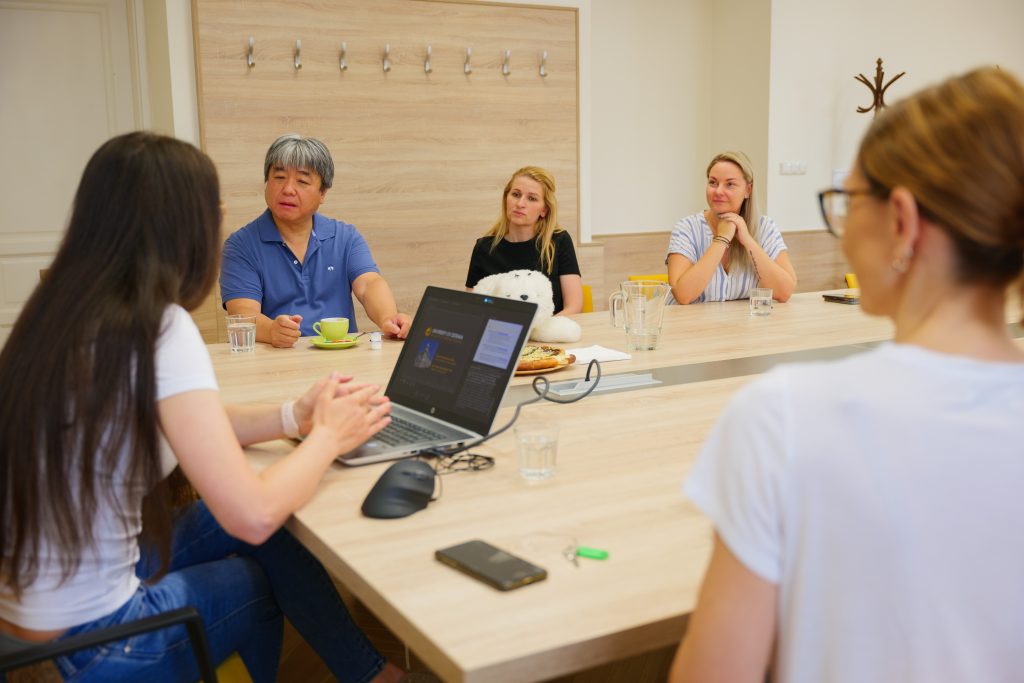
The PARO robot is an “academic” designed also for teaching at FSS UO. In teaching, the theory is connected with concrete technologies. This is based on the findings of gerontechnology, which is an interdisciplinary field to which knowledge from the field of social work is brought. “In the classroom, students will learn how the PARO robot operates ‘live’. Students will reflect on the question of whether robots can be part of social work, which as a profession and a science is traditionally based on human-to-human relationships. And whether this relationship can take the form of human-robot interactions, or whether new technologies should be part of social work at all… In the classroom, we also emphasize critical thinking—what would this change bring to society?” said Soňa Kalenda.
Takanori Shibata and Faculty members discussed further research opportunities as well as a potential internship and cooperation with the National Institute of Advanced Industrial Science and Technology.


 3 min.
3 min. 
